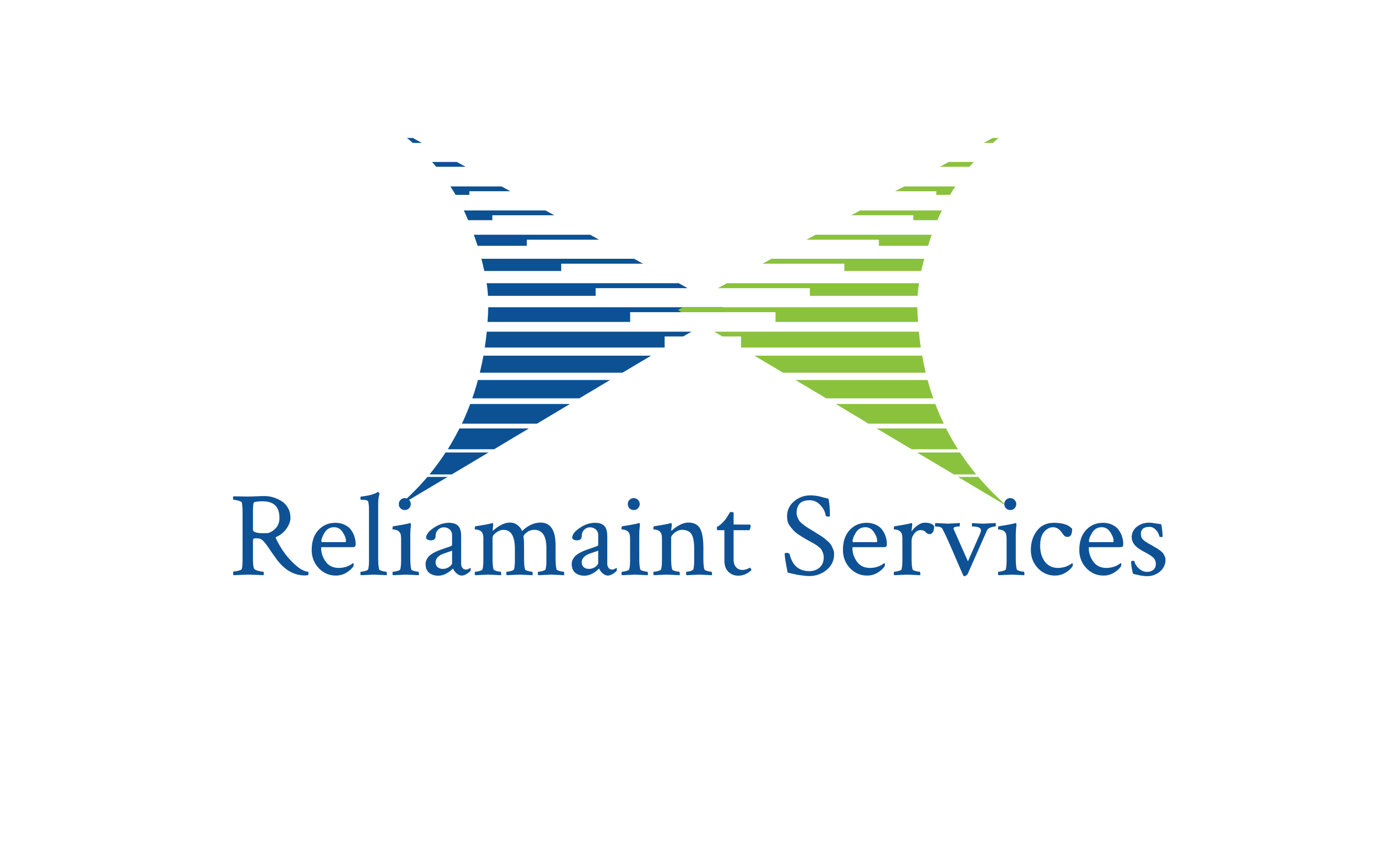Asset Reliability
5 Symptoms That Your Plant Needs a CMMS System Now
- 01 May. 2025
- 11 min read
In today’s fast-paced industrial environment, maintenance is no longer just a back-end operation — it’s a strategic function that impacts everything from safety to cost control and production efficiency. Yet many plants still operate without a proper Computerized Maintenance Management System (CMMS), relying on outdated manual processes or scattered digital files. While this may seem manageable at first, certain warning signs suggest it’s time to modernize your approach. Below are five key symptoms that indicate your plant urgently needs to adopt a CMMS.
- Frequent Equipment Breakdowns and Unplanned Downtime
Unplanned downtime is the nemesis of efficient plant operations. If your facility constantly deals with equipment failures or production interruptions, that’s a red flag. Without a CMMS, plants often lack preventive maintenance plans and timely alerts that reduce such occurrences.
Breakdowns are often a result of reactive maintenance — waiting for failure instead of planning ahead. A CMMS helps capture and analyze equipment condition data, enabling predictive maintenance and reducing the risk of unexpected shutdowns. If your current approach lacks this capability, you’re at a disadvantage. - Work Orders Are Incomplete, Delayed, or Mismanaged
If maintenance tasks frequently go undocumented, take too long to complete, or fall through the cracks, it's a sign your current method is failing. Manual systems often rely on handwritten notes or memory, leading to confusion and delays.
A CMMS automates the work order lifecycle — from request to closeout — ensuring tasks are scheduled, tracked, and reported efficiently. Mobile access further allows technicians to update jobs in real time. Without this structure, work slips through the cracks, reducing reliability and increasing costs. - Lack of Visibility Into Asset History and Performance
When an asset fails, how easily can you access its service history? If it involves rummaging through paper files or Excel sheets, you’re flying blind. This lack of visibility delays diagnostics and can lead to repeated mistakes.
A CMMS centralizes all asset data in one place, making it easy to track service history, spare part usage, and technician notes. It empowers your team to make informed decisions, detect patterns, and optimize asset life cycles. - Inventory Stockouts and Procurement Delays
Have you ever delayed maintenance because a critical spare wasn’t available? This is another sign that your plant needs a CMMS. Manual inventory tracking often leads to excess of non-essentials and shortages of critical items.
A CMMS links spare parts to work orders, tracks usage trends, and automates reorder alerts. It helps streamline procurement and reduce unnecessary downtime due to missing parts — a frequent challenge for plants not using a centralized system. - Maintenance KPIs Are Unknown or Unreliable
You can’t improve what you can’t measure. If your plant can’t produce reliable data on maintenance KPIs like Mean Time Between Failures (MTBF), Mean Time To Repair (MTTR), or backlog hours, your current system is failing you.
A CMMS offers built-in reporting tools that track these KPIs in real time, enabling data-driven decision-making and continuous improvement. Manual reports are often time-consuming and prone to errors — making them ineffective for strategic planning.
Conclusion: It's Time to Modernize Your Maintenance
Ignoring these warning signs can lead to increased downtime, higher costs, and greater operational risk. A well-implemented CMMS not only addresses these issues but transforms maintenance into a value-adding function.
If you recognize these symptoms in your plant, it’s time to make a move. Start by exploring user-friendly, scalable CMMS options designed for real-world operations. Your plant doesn’t have to settle for inefficient, reactive maintenance. A modern system can give you the visibility, control, and performance you need to compete in today’s industrial landscape.
Don’t wait for the next breakdown to take action — the right system can change everything.
About ReliaMaint
Stay tuned to for insights on asset reliability and maintenance management..

Neeraj Kumar
CEO & Co-Founder
Recent Posts
Planning and Scheduling in Equipment Maintenance.
What CEOs Need to Know About Physical Asset Management.
CMMS.. a catalyst for reliability culture
How Data Driven Process of Reliability and Maintenance can enhance Asset Performance.
Categories
Tags
Newsletter
Contact us
Contact us to Know more on these Topics.
Send